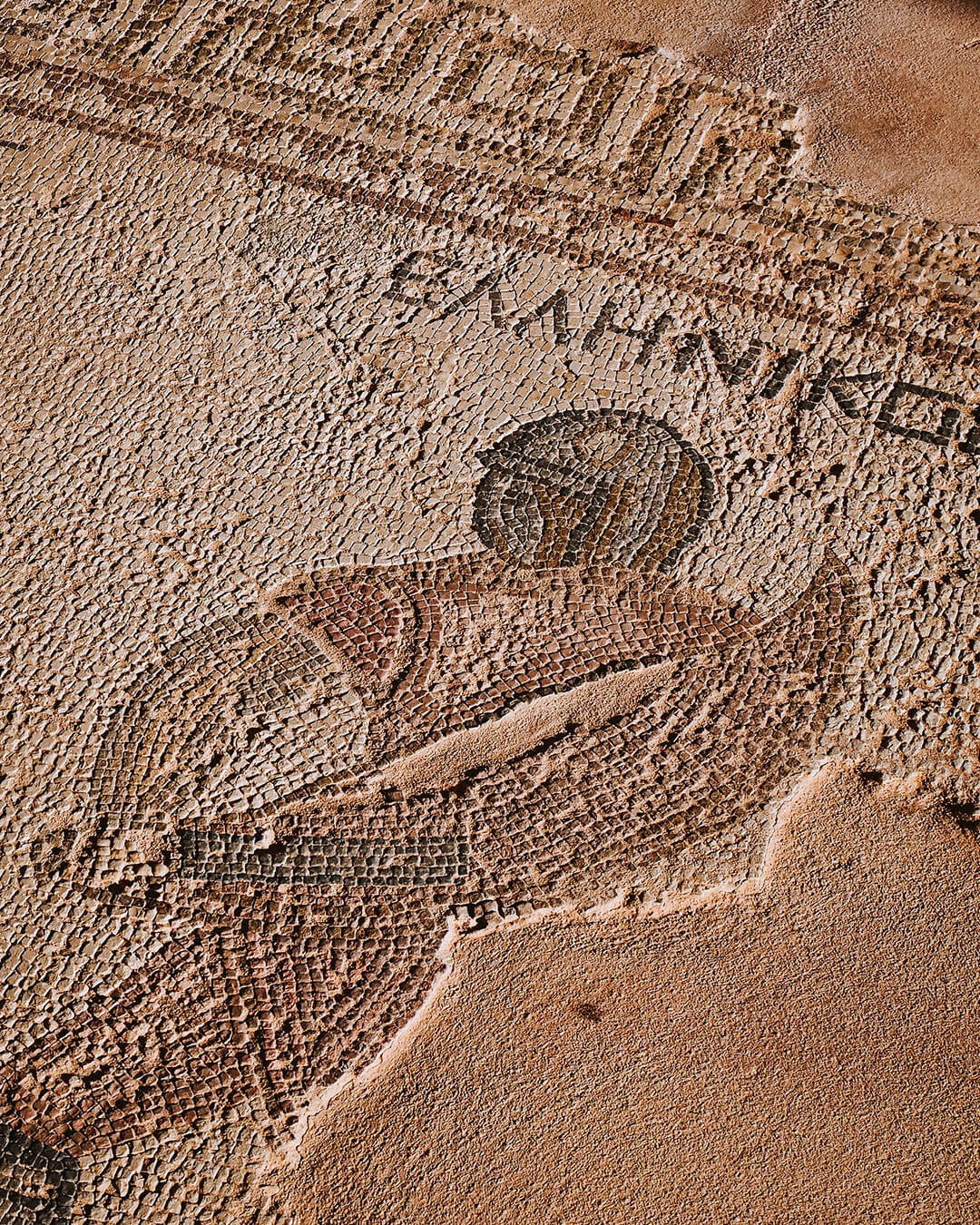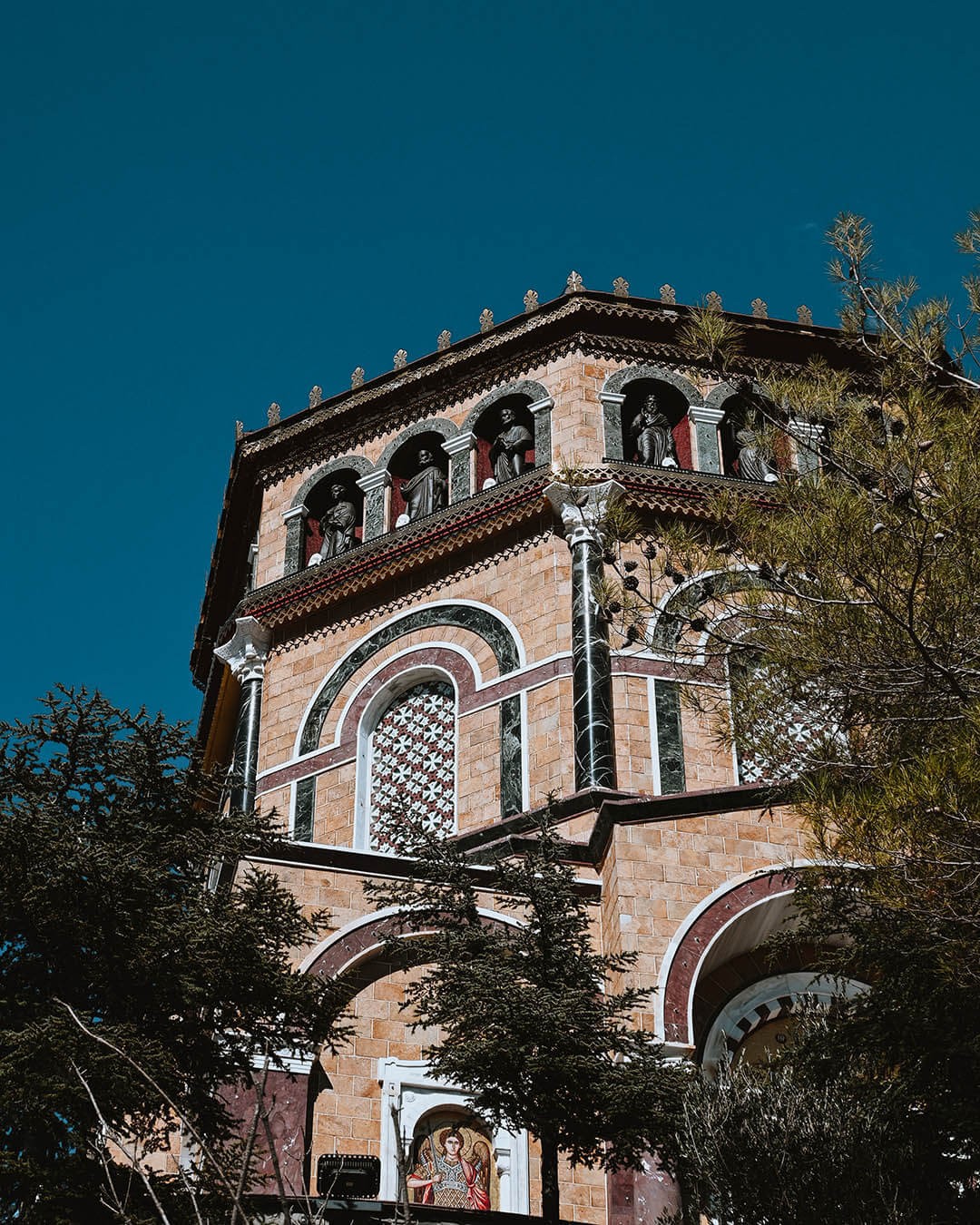Galata
- Nicosia
- Village
Galata, a small village situated in the Solea valley within Nicosia district, is often described as "the village of wooden balconies."
The origin of the village's name is subject to several interpretations. One theory traces the name back to the early settlers from Galatia, an ancient region in the Anatolia (Asia Minor) mountains, now part of modern-day Turkey. Another explanation connects the name to the village's milkmen, as "Galates" ("Γαλάτες") in Greek means milkmen. A third version relates the name to the myth of Pygmalion and Galatea, with the village potentially dedicated to the sculptor Pygmalion and his fictional creation Galatea.
Nestled along the banks of the Klarios river (also known as Karkotis river), which flows through the Solea valley and eventually reaches the Morphou bay, Galata is embraced by captivating natural surroundings. The village's unique architecture is a sight to behold, characterized by two-story houses made of local stone, featuring wooden balconies projecting onto the main road and tiled, sloping rooftops to withstand winter's snowfall and heavy rain.
In addition to its picturesque architecture, Galata boasts a rich tradition of pastry and bread-making, with watermills playing a vital role in the past. The village had four watermills, two of which remain today. Kyrillos' watermill has been restored and is operational, attracting visitors with its scenic setting and small bridge. The second mill, Rodous watermill, restored in 2002, is a beautiful construction situated along Klarios river within the valley.
Galata's strong association with religion is evidenced by its six Byzantine churches. The main church, Panagia Odigitria ("The Guiding Virgin Mary"), was constructed in 1930 through donations and voluntary work from the community. Another significant church is Panagia tis Podithou ("Virgin Mary of Podithou"), built in 1502, showcasing rough stone construction and a wooden roof. The church, situated near Klarios riverside, was once part of a small monastery that no longer exists. Panagia tis Podithou has been designated a UNESCO World Heritage Site, along with nine other Troodos area churches, for its remarkable murals and impressive 16th-century wood-crafted, gilded iconostasis.
Other notable churches in the area include Archangel Michael's chapel, built in 1514, Agios Sozomenos, characterized by its tiled plate roof, Agios Georgios (Saint George) and Agia Paraskevi (Saint Paraskevi) churches on the road to neighboring Kakopetria village, and Agios Nicolaos church (Saint Nicholas church) at the village's entrance.
To fully appreciate Galata's charm and the encompassing natural beauty, visitors can explore the walking trail along Klarios river. Covering 1 kilometer, the nature trail commences at Archangel Michael's chapel, passes by the small church of Panagia tis Podithou, and meanders along the riverside road through lush vegetation of oaks, platanus, myrtle trees, and ivies. The trail culminates at the windmill of Rodous on the river's western side.
Galata undoubtedly offers a unique allure with its distinctive wooden balconies, rich Byzantine history, and exceptional natural landscape.
Other locations
All locationsArchaeological Site of Kourion
Limassol | Monument
On the west coast of Limassol, are situated the archaeological ruins of an old city-kingdom, Kourion. Providing solid evidence of the past life on the island...
Kykkos Monastery
Nicosia | Church
Cyprus houses an extensive network of monasteries and one of the them is the imposing Monastery of Kykkos standing to tell stories of faith and history.
Eléa Estate Golf Club
Paphos | Golf club
Eléa Estate Golf Club is a challenging par 71, 18-hole golf course in Paphos district, established in 2010. With its strategic design and major additions pla...
Aes Ambelis Winery
Nicosia | Winery
Southwest of Nicosia, on the slopes of Kalo Chorio village, is situated Aes Ambelis winery. Offering a vast wine variety promotes the winemaking potential of...
Archaeological Site of Amathus
Limassol | Point of interest
Located just outside the city of Limassol, the Archaeological Site of Amathus is one of the oldest settlements known to Cyprus and it is definitely a destina...
Vlassides Winery
Limassol | Winery
Cyprus is a hidden gem in the world of wine. Vlassides Winery located in the picturesque village of Koilani, in the Limassol district, combines art, science...


